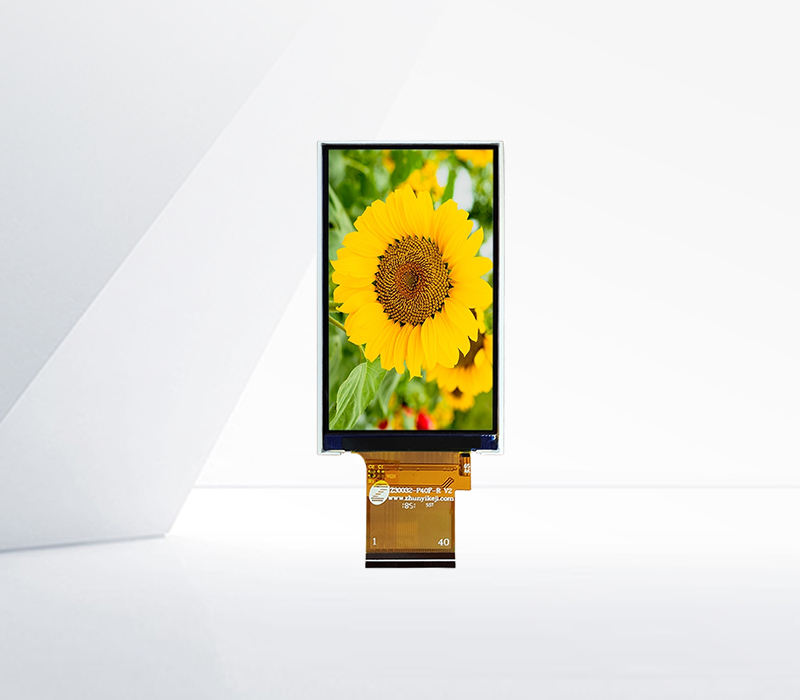




Touch displays are increasingly replacing traditional joysticks in gaming consoles, offering innovative control schemes, versatility, and space efficiency while maintaining immersive gameplay. This shift is driven by advancements in touch sensitivity, haptic feedback, and software optimization, allowing touch interfaces to replicate or exceed the precision and responsiveness of physical joysticks.
One of the key advantages of touch displays as joystick replacements is customizability. Unlike fixed joysticks, touch controls can be dynamically reconfigured to suit different games or player preferences. For example, a racing game might use a virtual steering wheel on the touchscreen, while a platformer could implement a floating joystick that adapts to the player’s thumb position. Developers can adjust the size, sensitivity, and dead zones of virtual controls in real time, catering to both casual players and competitive gamers. This flexibility is particularly valuable for hybrid consoles or handheld devices, where physical space for joysticks is limited.
Multi-touch functionality enables complex inputs that were previously challenging with joysticks. Touch displays can detect multiple simultaneous touches, allowing players to perform combinations like moving a character (via a virtual joystick) while firing a weapon (via a touch button) or executing special moves with pinch or swipe gestures. This mimics the versatility of dual joysticks but with a more intuitive, uncluttered interface. Games like mobile ports of console titles or indie games often leverage this, creating unique gameplay mechanics that feel natural on touchscreens.
Haptic feedback systems in modern touch displays enhance immersion by simulating the tactile sensation of physical joysticks. When a player moves a virtual joystick, the display vibrates with varying intensity or patterns to indicate in-game actions—e.g., a strong rumble when colliding with an object or a subtle pulse when navigating a menu. This feedback bridges the gap between virtual and physical controls, reducing the “disconnect” some players feel when using touchscreens.
Precision and latency have improved dramatically, addressing early criticisms of touch-based controls. High-refresh-rate touch displays (up to 120Hz) and low-latency sensors ensure that inputs register almost instantaneously, comparable to mechanical joysticks. This is critical for fast-paced games like shooters or fighting games, where split-second reactions determine success. Some consoles even use pressure-sensitive touch technology, allowing players to control actions like acceleration or attack strength by varying how hard they press the screen.
Touch displays also offer accessibility benefits. They eliminate physical barriers for players with mobility issues, who may struggle with the fine motor control required for joysticks. Customizable touch zones, adjustable sensitivity, and voice-assisted controls can make gaming more inclusive. Additionally, touchscreens are easier to clean and maintain than joysticks, which can accumulate dirt in crevices—an advantage for shared gaming spaces.
While traditional joysticks remain popular for certain genres, touch displays are carving a niche in the gaming industry, offering innovation and adaptability that cater to evolving player expectations and the growing demand for portable, versatile gaming systems.
